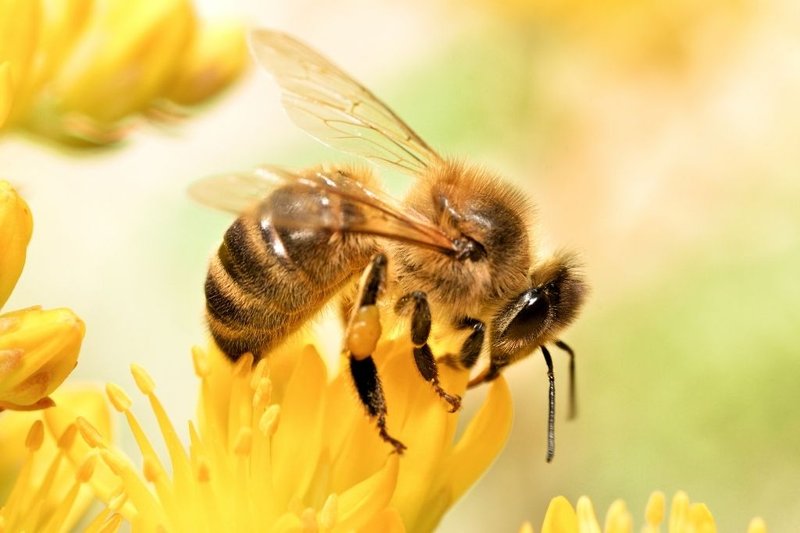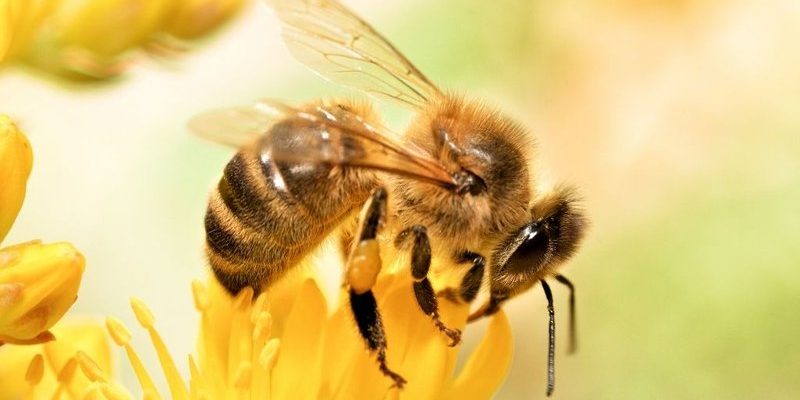
Imagine you’re in a garden filled with colorful flowers, and suddenly, you notice the bees aren’t around like they used to be. It’s a bit unsettling, right? Just like how a canary in a coal mine alerts us about dangers, bees are often seen as indicators of the health of our environment. They’re not just making honey; they’re making sure our world remains vibrant and productive. So, let’s explore why bees are struggling, what the conservation status looks like today, and what we can do about it.
Why Are Bees Important?
Honestly, bees are more than just a sweet addition to our breakfast. Their role in *pollination* is crucial. When bees collect nectar, they transport pollen from one flower to another, enabling plants to reproduce. This process helps create fruits, vegetables, and nuts that all of us consume daily. In fact, it’s estimated that one-third of the food we eat relies on bee pollination.
But it’s not just about food. Bees also contribute significantly to our environment. They help maintain healthy ecosystems by supporting the growth of trees, flowers, and other plants. Imagine a world without apples, almonds, or blueberries! The ripple effect of bee decline could mean fewer plants, which in turn impacts birds and other wildlife. So, the health of bee populations is deeply tied to the health of our planet.
Current Status of Bee Populations
You might be wondering, just how bad is the situation? Well, the truth isn’t pretty. According to various studies, bee populations have been declining at alarming rates. Factors like habitat loss, pesticide use, climate change, and diseases are all contributing to this decline. For instance, *honeybee* populations in the United States have dropped by about 30% in recent years, which is shocking considering how integral they are to our food system.
And it’s not just the honeybees. Many species of wild bees—including bumblebees—are also facing steep declines. The *IUCN Red List* has identified numerous bee species as endangered or vulnerable. The problem is complex, but the good news is that awareness of the situation is growing, leading to efforts aimed at conservation.
Threats to Bees
There are several main threats to bee populations, and understanding them can help us figure out how to protect these essential pollinators. Here are the key players:
- Pesticides: Chemicals used in agriculture can be toxic to bees, disrupting their navigation and reproduction.
- Habitat Loss: Urban development, agricultural expansion, and land use changes reduce the natural habitats that bees rely on.
- Climate Change: Shifts in temperature and weather patterns can disrupt the availability of flowers and the timing of bee life cycles.
- Diseases and Parasites: Bees are susceptible to various diseases, like the varroa mite, which can decimate entire colonies.
Each of these factors plays a role in the struggle bees face daily. It’s a tough world out there for our buzzing friends, and without intervention, the outlook isn’t good.
Conservation Efforts in Action
Now for some hopeful news: people are stepping up to protect our bee populations! Conservation efforts are underway around the world, focusing on several key strategies:
- Creating Bee Habitats: Planting wildflowers, native plants, and establishing bee-friendly gardens can provide bees with the food they need.
- Legislation: Some countries are banning harmful pesticides and promoting sustainable farming practices.
- Research and Monitoring: Scientists are working hard to understand bee populations and their needs through ongoing research.
- Education: Raising awareness about the importance of bees helps people take action in their own communities.
For instance, initiatives like the *Pollinator Partnership* work on global levels to educate people and create more friendly spaces for bees. The more we learn about bees, the better prepared we are to help them thrive.
How You Can Help Bees
You don’t have to be a scientist or a farmer to pitch in! There are plenty of simple ways to make a real difference for bees in your own backyard or community:
- Plant Bee-Friendly Gardens: Choose native plants that bloom at different times throughout the year to provide a steady food source.
- Avoid Pesticides: Consider using organic gardening practices to keep your garden bee-friendly.
- Support Local Farms: Buy honey and produce from local, sustainable sources that prioritize bee health.
- Spread the Word: Educate friends and family about the issues bees are facing and how they can help.
Even small actions can add up to significant change. By fostering environments where bees can thrive, we help protect their populations and, in turn, our own food supply.
So, are bees endangered? The answer leans toward yes, but it doesn’t have to stay that way. The current conservation status of bees reveals that they’re facing serious challenges, but there’s hope. With the right actions—we can work together to create a buzz-worthy future for bees.
Just like those little workers in the garden, we all have a role to play in ensuring they thrive. By being mindful of our actions and supporting initiatives aimed at protecting bee populations, we can contribute to keeping our planet healthy and vibrant. So let’s give a hand to our buzzing buddies and create a world where they can flourish once again!

